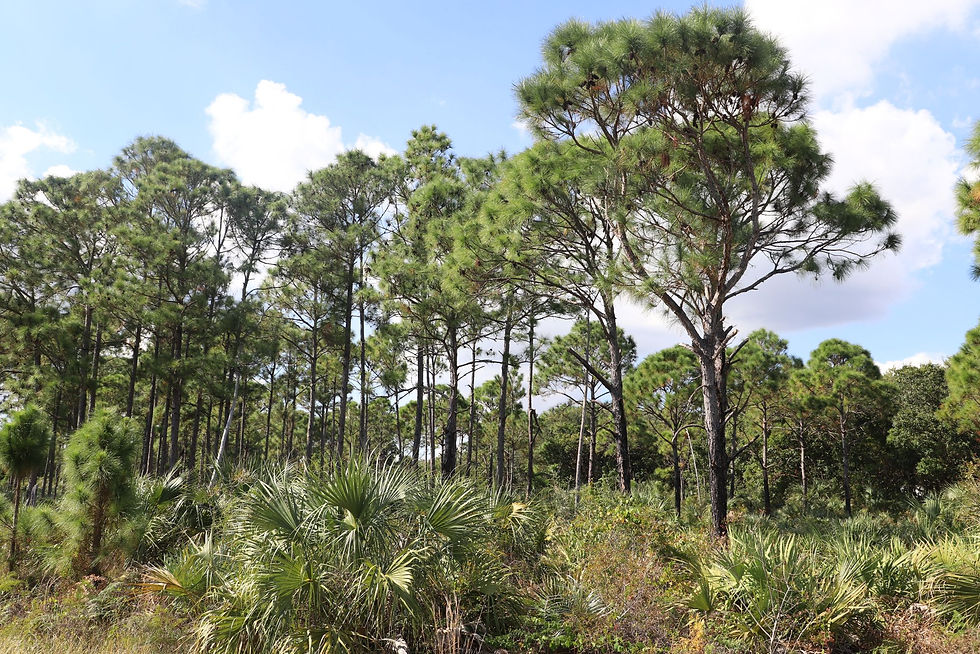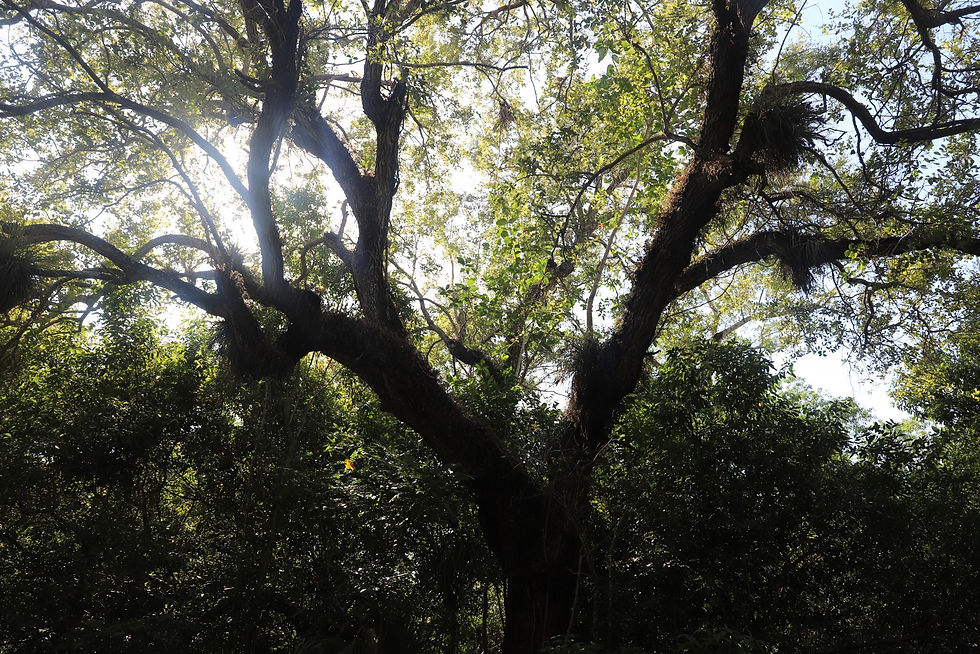What is Tree Equity and Why Does it Matter?
- Diego Molea
- Nov 26, 2024
- 2 min read
Updated: Nov 26, 2024
"Tree equity?" you may be asking while scratching your head, "what's that?" Don't worry this article will teach you what it is, why it exists, and how you can address it.

What Is Tree Equity?
Tree equity ensures that all people, regardless of their socioeconomic status, race, or geographic location, have equal access to the benefits of urban and community forests. It aims to address disparities in tree canopy cover, often influenced by historical inequalities such as redlining, systemic disinvestment, and urban planning decisions.
For example, wealthier neighborhoods often have more trees, which provide cooling shade, cleaner air, and increased property values. In contrast, low-income areas frequently have fewer trees, leading to hotter temperatures, poorer air quality, and reduced overall livability.
This is obvious when you visit the wealthy neighborhoods of Coral Gables, Coconut Grove, and Pinecrest. These areas often have tree canopies which cover between 45% and 60% of their zip codes. Below are some examples

Examples in Miami
The zip code 33156 contains some very wealthy neighborhoods in the city of Miami. It contains Pinecrest which averages 50% tree coverage and Gables by the Sea which averages a whopping 77% tree coverage. The poverty rate is only half that of the city's average and 90% of the zip code's residents are white. Here, wealthy residents enjoy the full benefits that trees and green spaces have to offer.
However, on the other side of the city, things are completely different. Here lies zip code 33127, it encompasses parts of Wynwood, Allapattah, and Little Haiti. Only 20% of the area has tree coverage; however, some neighborhoods have as little as 7%. 58% of the zip code's residents are in poverty, and over 58% are African American. Furthermore, the excess concrete and lack of trees create a heat island effect, which can raise temperatures by as much as 15F higher than they should be. Most households earn less than $45,000 with a significant number earning less than $25,000. Here, green spaces are rare and residents suffer more by the heat and pollution due to the lack of greenery

What you can do
Tree equity is about more than planting trees; it’s about addressing systemic inequalities and creating healthier, more livable communities for everyone. By investing in equitable tree distribution, we can tackle environmental injustices, improve public health, and build more resilient cities. Achieving tree equity isn’t just a responsibility—it’s an opportunity to create a greener, fairer future for all.
If you want to see the tree equity score and canopy cover where you live click here
If you want to help us plant native trees while increasing tree equity consider supporting us financially through a donation






コメント